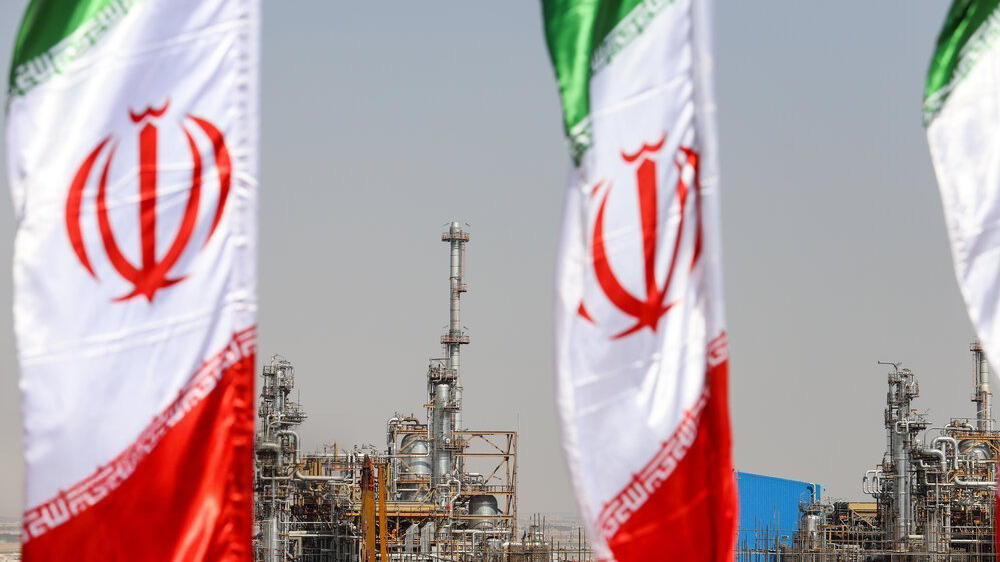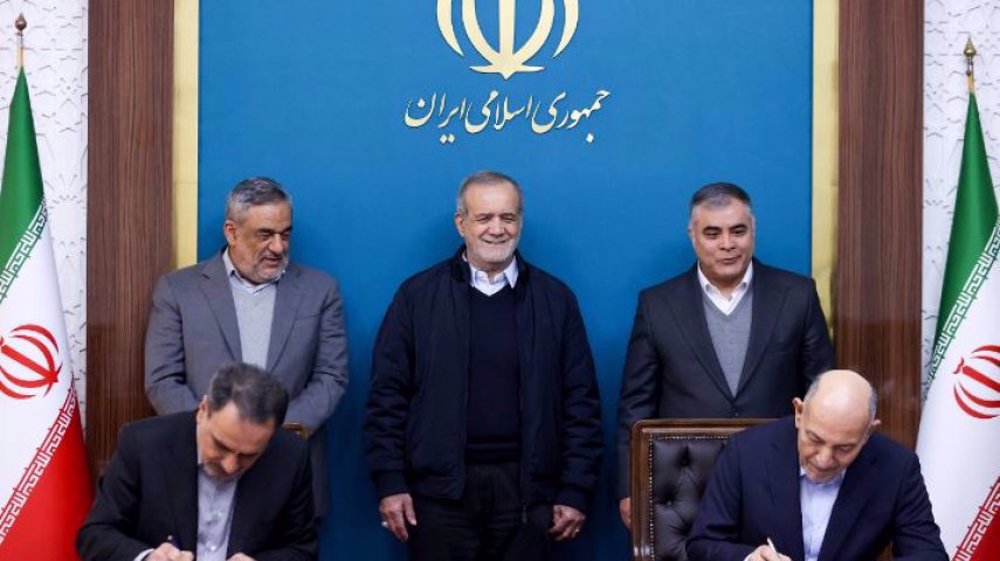At 2.2 million bpd, Iran’s oil exports return to pre-sanction levels
Iran’s overall exports of crude oil, petroleum products, gas, condensates, liquids and LPG have reached 2.23 million barrels of crude oil per day (bpd), which is the same figure as before the sanctions, local media report.
They totaled $14.35 billion in the first quarter of the current Iranian year which ends on March 20, averaging $154 million a day, the report said, citing the National Iranian Oil Company (NIOC) figures.
“Assuming crude at $80 a barrel, this amount of revenue is equivalent to the export of 1.92 million barrels of oil a day,” it added.
According to customs statistics, Iran's total income from exports of liquefied petroleum gas in the nine months of 2022 also amounted to $6.8 billion, up 86% against the same period the year before. This translates to 313,000 barrels of crude oil per day.
Iran’s draft state budget is based on shipments of 1.4 million bpd, the Fars news agency reported last week.
On Sunday, Reuters news agency said Iranian oil exports hit new highs in the last two months of 2022 and are making a strong start to 2023 despite US sanctions.
Following Trump’s removal of the United States from the nuclear deal and reimposition of sanctions, Iran’s crude exports fell back to as little as 100,000 bpd at times in 2020 from over 2.5 million bpd in 2018.
Exports have risen during the term of President Ebrahim Raeisi, and hit the highest since 2019 on some estimates. This comes despite headwinds such as a stall in those talks and competition from discounted Russian crude.
Energy consultant SVB International, cited by Reuters, said Iran’s crude exports in December averaged 1.137 million barrels per day, up 42,000 bpd from November and the highest 2022 figure.
"January exports are so far strong like previous months," Sara Vakhshouri of SVB told the news agency.
Tehran’s oil exports have been limited since former US President Donald Trump in 2018 exited a 2015 nuclear accord and reimposed sanctions aimed at curbing oil exports and the associated revenue to Iran.
Asked to comment on the rise, Adrienne Watson, a National Security Council spokesperson at the White House, said the Biden administration’s enforcement of the sanctions was robust, and that “Iran’s macroeconomic figures clearly bear this out.”
Consultant Petro-Logistics, which tracks oil supply, said it was also seeing an upward trend in Iranian crude exports which, in its view, in December reached their highest level since March 2019.
Kpler, a data intelligence firm, put Iranian crude exports at 1.23 million bpd in November, the highest since August 2022 and almost on a par with April 2019’s rate of 1.27 million bpd.
China is Iran’s biggest customer. Iran last year expanded its trade with Venezuela, also under US sanctions, sending supplies of light oil for refining and dilutents to produce exportable crude grades.
According to another analyst, Vortexa, China’s December imports of Iranian oil hit a new record of 1.2 million bpd, up 130% from a year earlier.
The press department of China’s Foreign Ministry on Sunday defended “the legitimate and reasonable cooperation between China and Iran under the international legal framework”, saying it “deserves respect and protection.”
VIDEO | Press TV's news headlines
VIDEO | Istanbul demonstrators voice support for Iran amid US tensions
VIDEO | Israeli settlers attack Palestinian Bedouin community, injure 13
Palestinian Ambassador’s residence in Tehran attacked amid terror wave
Syria's HTS regime agrees to truce with SDF after its troops advance
EU mulls over $100bn in US retaliatory tariffs over Greenland
VIDEO | Trump's presence sparks major protests at Davos Forum
President Pezeshkian vows historical Iran-Iraq relations will remain stable










 This makes it easy to access the Press TV website
This makes it easy to access the Press TV website